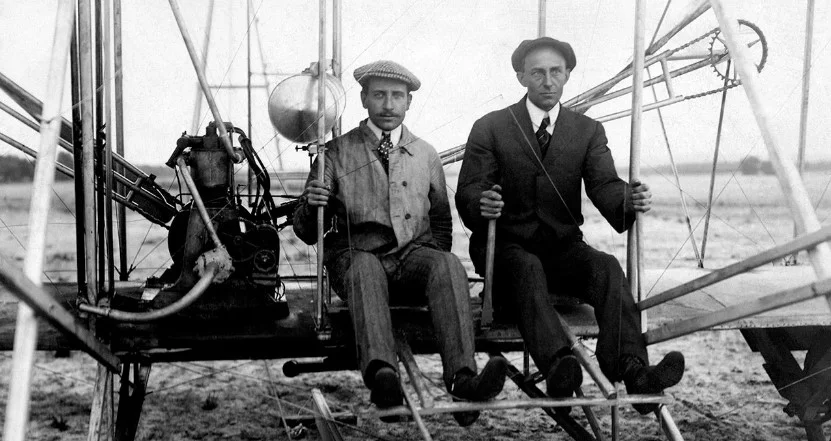From the humble beginnings of gliders to the sleek marvels of modern aviation, the history of aircraft is a journey that transcends mere technological advancement. This fascinating evolution has not only revolutionized transportation but has also connected the world in ways unimaginable. So, buckle up as we take you on a riveting ride through time, exploring the highs and lows of the airborne.
Early Concepts and Pioneers
The Dream of Flight
The desire to conquer the skies dates back centuries, with Leonardo da Vinci sketching designs that hinted at the possibility of human flight. However, it wasn’t until the early 20th century that pioneers like the Wright brothers turned these dreams into reality.
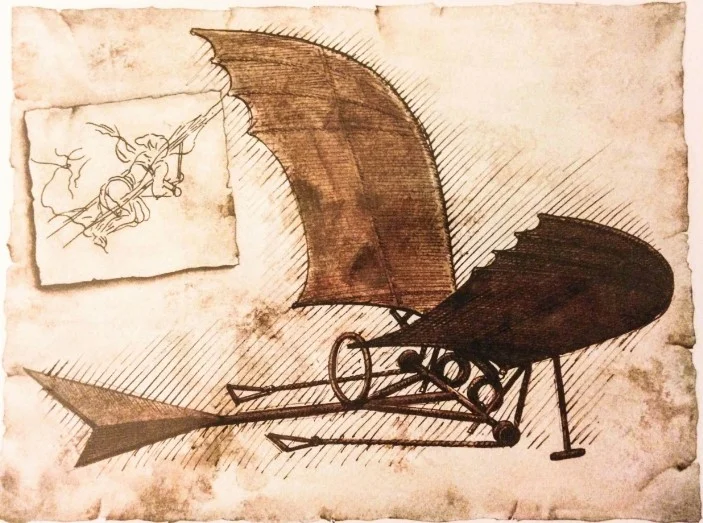
Wright Brothers: The First Flight
In 1903, Orville and Wilbur Wright achieved the unthinkable — the first powered, controlled, and sustained flight. Their aircraft, the Wright Flyer, marked the birth of modern aviation, opening up new possibilities and setting the stage for the Golden Age of Aviation.

World War I and Aviation Advancements
The Red Baron and Dogfights
World War I witnessed the rapid evolution of military aircraft. Aerial combat became a decisive factor, with iconic figures like the Red Baron dominating the skies. The war spurred advancements in technology, leading to more agile and lethal aircraft.
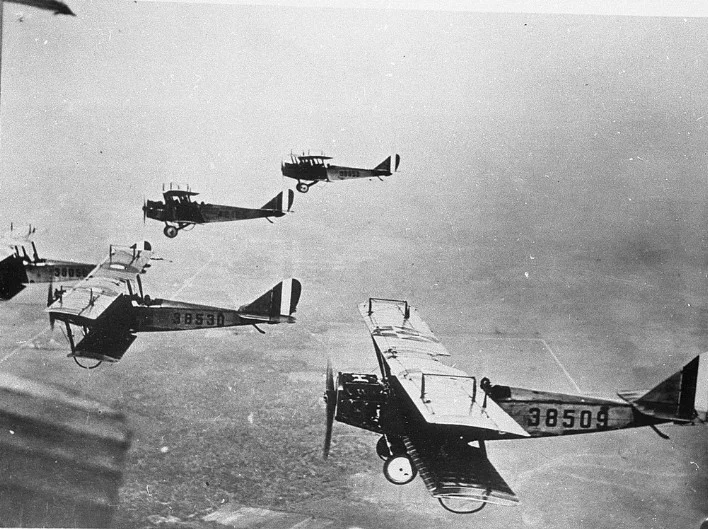
Golden Age of Aviation
Post-War Era: Commercial Aviation Takes Off
Jet Age and Global Connectivity
The post-World War II era saw the rise of commercial aviation. Jet engines revolutionized air travel, making it faster and more accessible to the masses. The iconic Boeing 707 ushered in a new era of global connectivity, bringing distant corners of the world closer together.
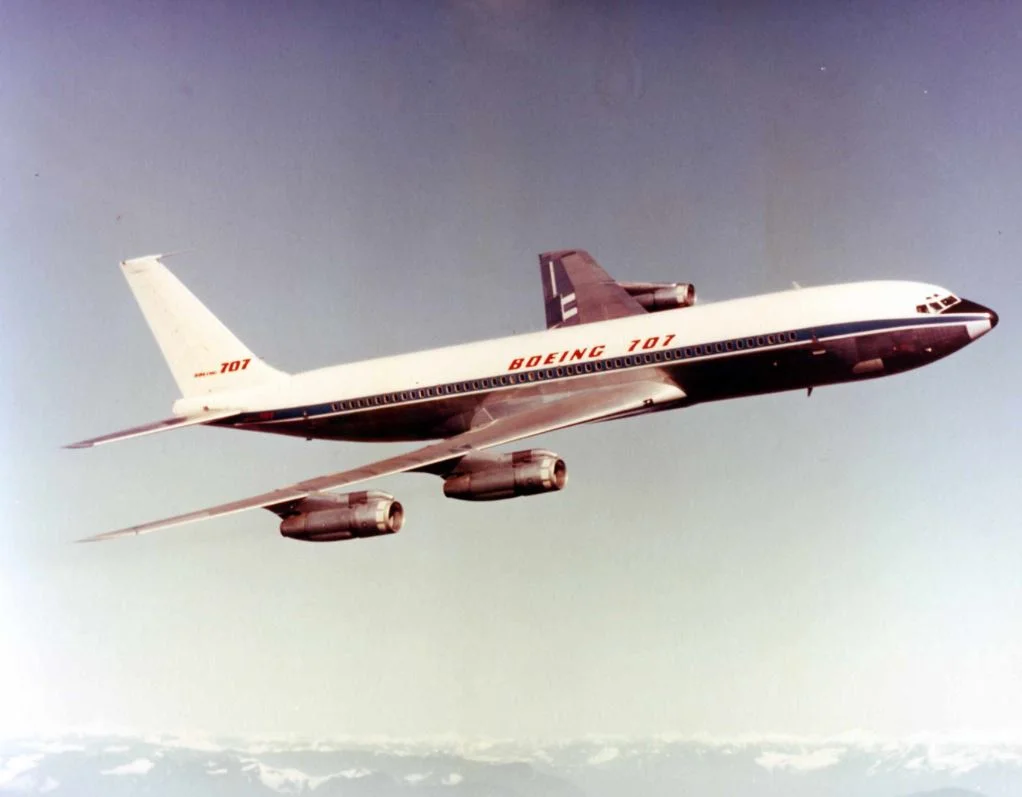
Space Race and Aerospace Technology
From Earth to the Stars
The space race of the mid-20th century propelled aerospace technology to new heights. Rockets designed for space exploration shared common roots with aircraft, showcasing the interconnected nature of these two realms.

Modern Aviation
Technological Marvels of Today
In the 21st century, aviation has reached unprecedented heights. From supersonic jets to fuel-efficient planes, technological marvels continue to redefine the boundaries of what is possible in the skies. The Airbus A380 and Boeing 787 Dreamliner stand as testaments to human ingenuity.
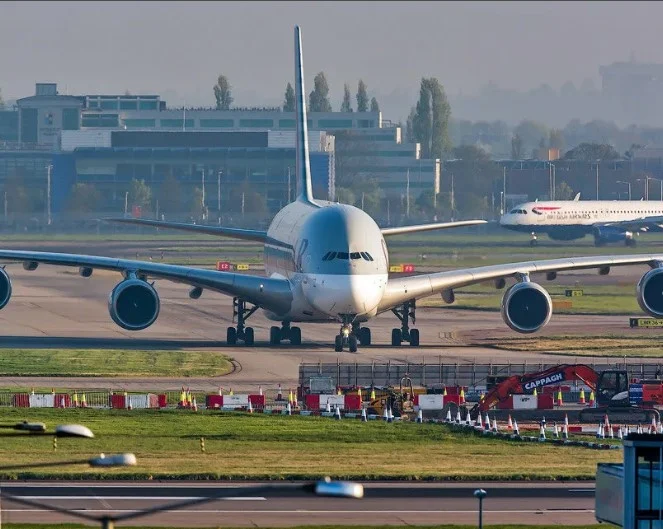
Challenges and Future Trends
Navigating Turbulence
Despite the triumphs, the aviation industry faces challenges. Environmental concerns and the need for sustainable practices are pushing for innovations like electric planes. As we look to the future, the sky’s the limit for potential breakthroughs in aviation technology.
The First Airplane in the World: A Key to the Skies
As we delved into the annals of aviation history, the significance of the first airplane, the Wright Flyer, cannot be overstated. It was not just a machine; it was the key that unlocked the boundless expanse of the skies, transforming the world forever.
Airplane Restaurant in Assam: A Culinary Soar
In the lush landscapes of Assam, an unconventional dining experience awaits. The Airplane Restaurant, blending history and gastronomy, offers patrons a chance to savor both the flavors of the region and the rich heritage of aviation.

FAQs
What is the significance of the Wright Flyer in aviation history?
The Wright Flyer symbolizes the pioneering spirit that led to the birth of modern aviation, marking the first powered and controlled flight in 1903.
How did commercial aviation evolve after World War II?
The post-war era saw the advent of jet engines, transforming air travel into a faster, more efficient mode of transportation, and fostering global connectivity.
What challenges does the aviation industry face today?
Environmental concerns drive the industry towards sustainable practices, leading to innovations like electric planes to address the ecological impact of aviation.
Conclusion
In traversing the skies of history, we’ve explored the evolution of aircraft from dreamlike sketches to the technological wonders of today. As we embrace the future of aviation, the journey is far from over. So, fasten your seatbelts, for the history of aircraft continues to soar into uncharted skies, propelling us toward new horizons.



